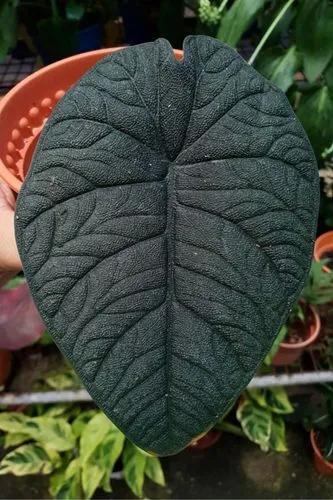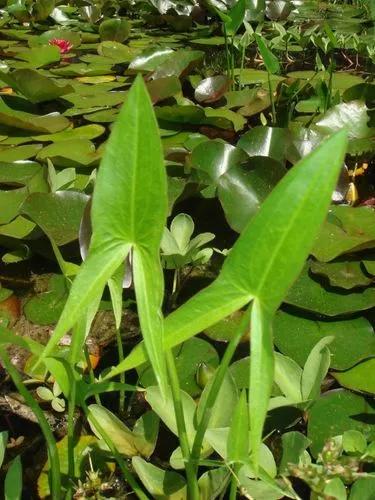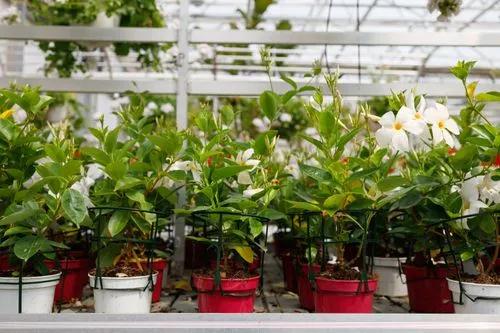Moonshine' is distinguished by the haunting beauty of its unique silvery upward pointing leaves, giving an otherworldly, moonlit, architectural look to your indoor décor. Silver tones may be more pronounced on newer foliage. One of the very easiest houseplants you can grow, sansevieria practically thrives on neglect.
Moonshine Snake Plant Care
Dracaena 'moonglow'



How to Care for the Plant

Water

Your Sansevieria Moonshine does not need much water, and overwatering can cause the plant to rot. Be sure to keep the leaves dry when watering and allow the soil to dry in between waterings. Reduce watering down to once a month during the winter. This plant does not require any extra humidity.

Pruning

You do not need to prune your Moonshine Snake Plant often. This can be a great idea if you want to alter the height of your plant, or to remove a damaged leaf. Either way, you want to prune the leaf in question as close to the soil line as possible.

Fertilizer

Any fertilizer intended for cactus and succulent varieties will do. Make sure you are using the right amount by following the instructions on the bag. These plants grow more in the warmer months because they originate from a warmer climate. Adding a small amount of fertilizer can help the plant grow a bit. But, if you use too much or fertilize too often your plant will suffer. Often this will cause droopy leaves. Fertilizing once or twice a year (during the warmer months) is all that it needs.

Sunlight

Indirect bright light (e.g. morning sun) for indoor moonshine sansevieria is optimal.

Soil

Succulent potting soil

Temperature

No need to mist. Conditions ranging from 55-85 degrees are fine for the Sansevieria Moonshine, however, they prefer warmer temperatures. Feed once every six months with a liquid fertilizer for indoor plants. Your Sansevieria Moonshine is mildly toxic to pets and humans.

Additional

But the plants are also poisonous if ingested. Large doses can cause nausea and vomiting, and the poison found in the plant has a numbing effect that can cause the tongue and throat to swell. The plants are more toxic to dogs and cats, which can suffer from nausea, vomiting, and diarrhea.
Its botanical name is Sansevieria trifasciata, and the succulent belongs to the Asparagaceae family. It's native to West Africa, particularly from Nigeria, Senegal, Ghana, and Guinea.
Popularity

388 people already have this plant 138 people have added this plant to their wishlists
Discover more plants with the list below
Popular articles






